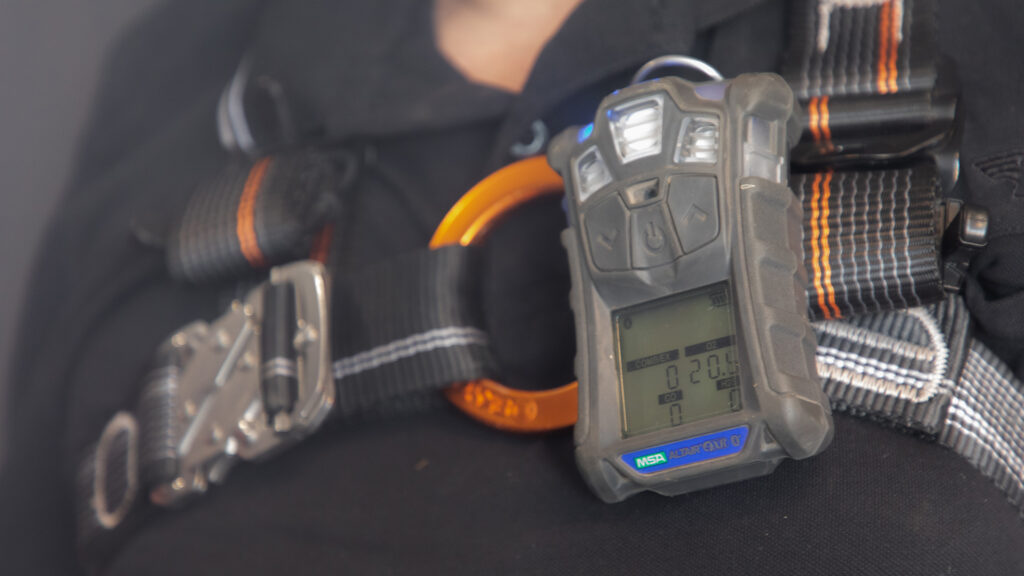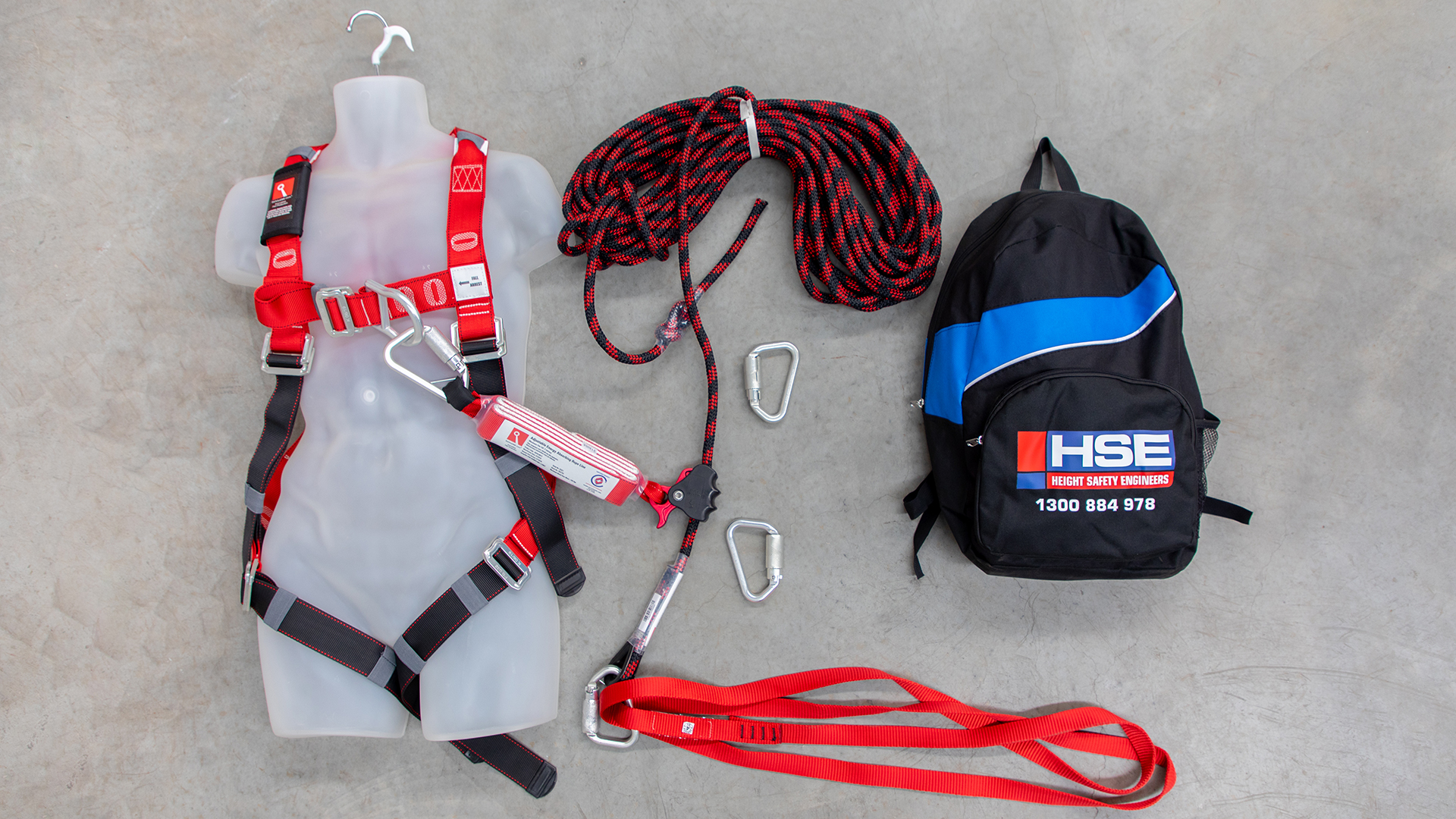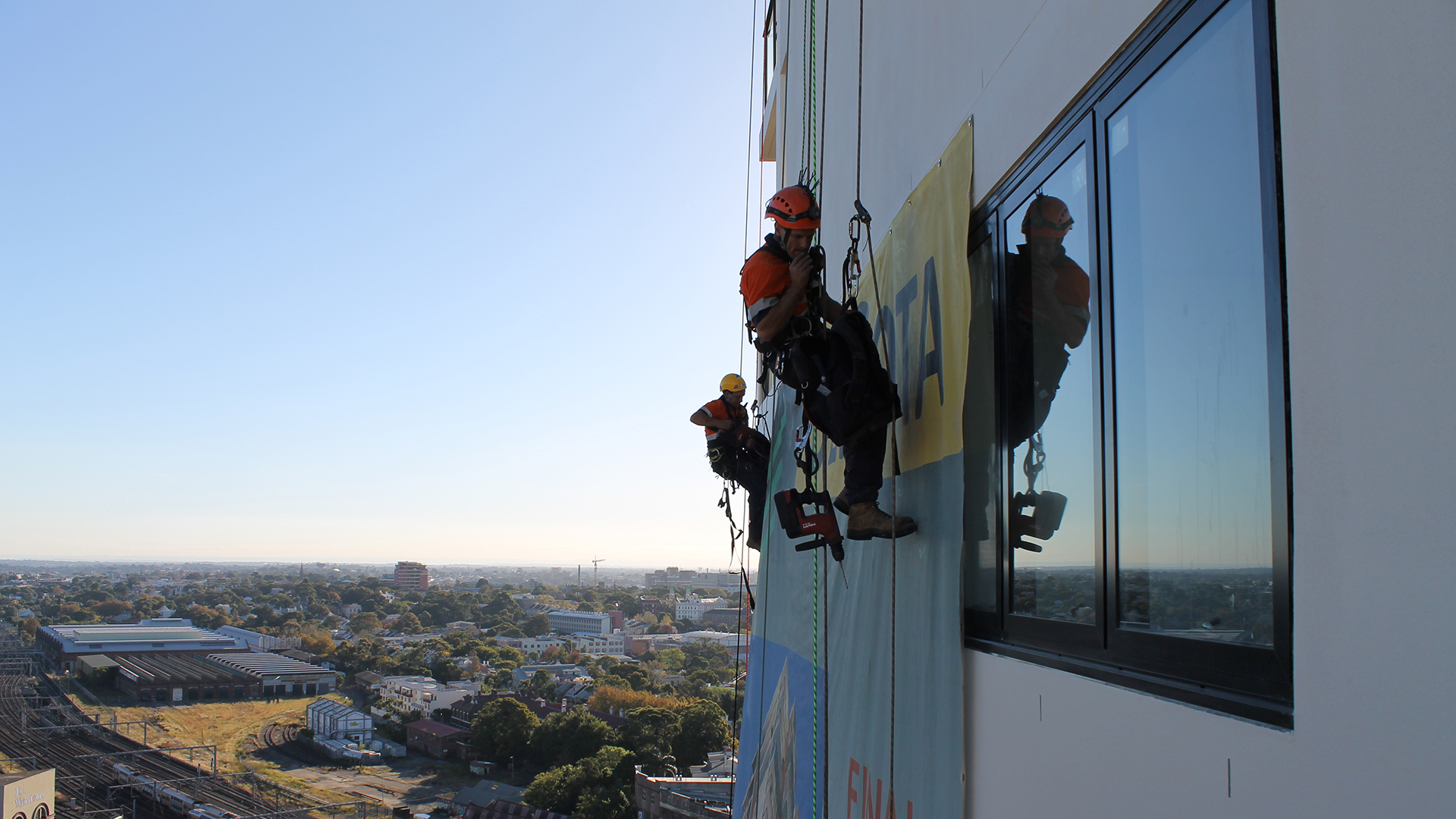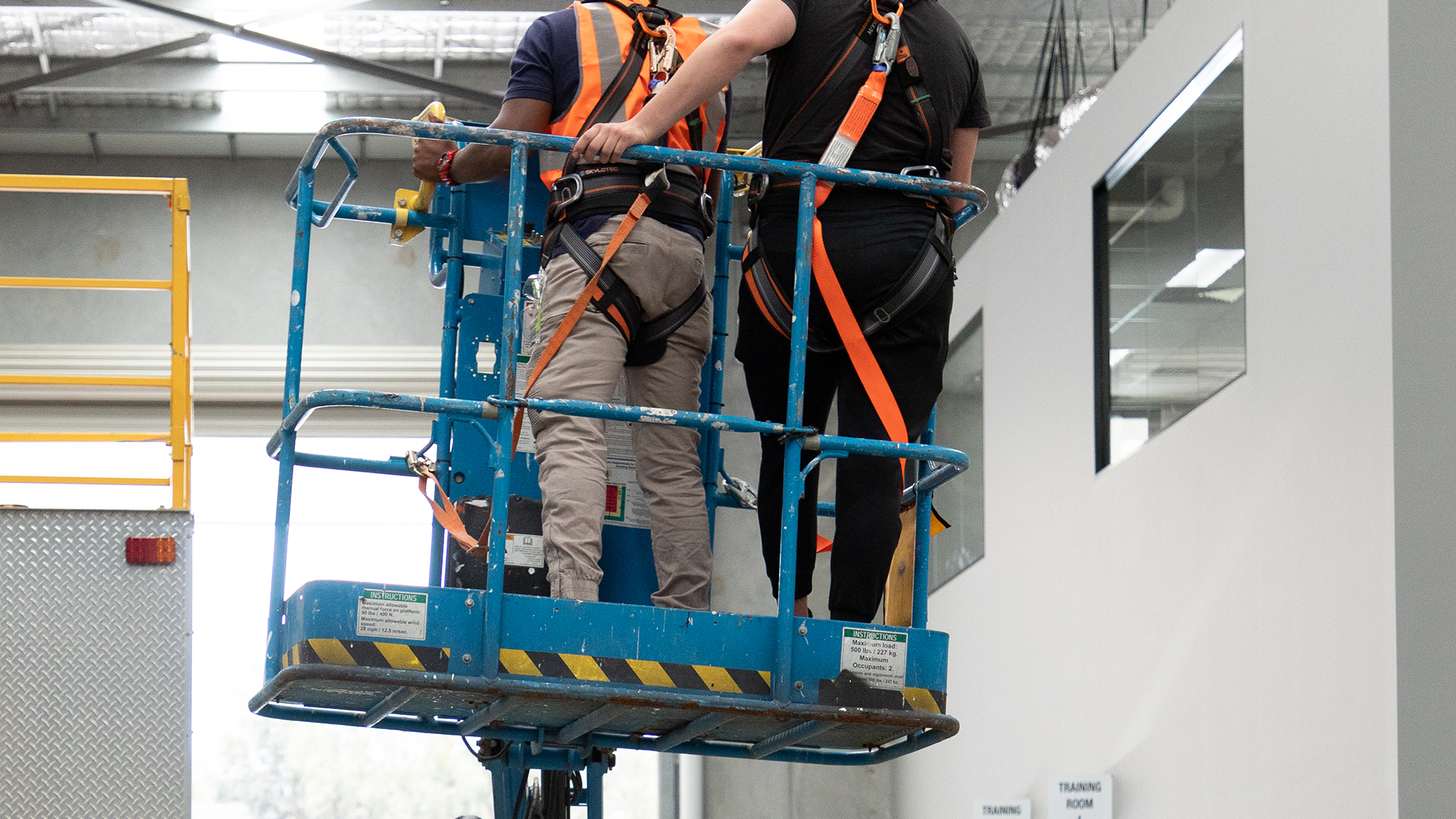Confined space and breathing apparatus
Safely enter and work in confined spaces with safety equipment from the experts at Height Safety Engineers.
Along with working at heights, being in or near a confined space is an extremely common high risk work activity. Also like working at heights, a confined space can exist in more places that many would tend to think. A confined space can include a tank, trench or enclosed roof space as well as culverts, silos and even the inside of a box girder.
Height Safety Engineers can supply a wide range of PPE and safety equipment for those working in an around confined spaces, including tripods, winches and pulleys as well as breathing apparatus and gas detection equipment. Talk to our experts about your safety needs today by calling 1300 884 978 or email enquiries@heightsafety.net.


Accessing pits
There are many different types of pits that require regular access to perform maintenance or repair work. Some of the more common ones include stormwater, sewer and communications pits. Depending on the design of the pit work planned on being completed, there is a range of different confined space PPE that might be required in order to stay safe.
Accessing the pit may require the use of a tripod, rope line, winch, harness and spreader bar to assist the worker in accessing and egressing from the pit.
Ensuring that air inside the pit is safe for workers, gas detection equipment can be used. These measure the air quality, alerting the worker should the atmosphere in the pit start to become dangerous.
In cases where the atmosphere is known to be contaminated or dangerous, workers can use breathing apparatus to support their breathing while working. Breathing apparatus often includes an air tank, regulator and full face mask.
Working in vats, tanks and silos
Other common confined space situations include working in vats, tanks and silos. They can be used for the storage of any number of items from grain, cement, petroleum, gas, wine and more. Many of these can create a dangerous atmosphere within the tank that workers should be mindful of before entering.
Use of a gas detector is critical in ensuring that the contents of the atmosphere inside the tank or vat are known. This then informs the worker as to whether or not breathing apparatus will be required in order to safely enter and complete work in the area.

Finding the right PPE is key
Every job site is different, and every site worker does things differently. There is rarely a situation where there is a one-size-fits all solution when it comes to PPE and safety equipment. The team at HSE are dedicated to taking the time to understand each of our clients’ individual needs and sourcing the most appropriate, cost effect and comfortable PPE for them. At our training facility in Sydney, we can even let you come in and try before you buy to really make sure that your equipment is going to be right for you and right for the job, every time.
To discuss your safety equipment needs, call our team on 1300 884 978 or email enquiries@heightsafety.net.





